Why does Indian music have its present form? How can we understand and interpret its distinctive features? An aura of mystery has always surrounded the theory and practice of Indian music and now, with its influence ever strengthening in the West, a study as lucid and penetrating as that made by Professor Jairazbhoy is of special significance.
The subject of this book is the Rags, and the whole tonal and scalar basis of north Indian music. The important features of the idiom are considered in detail- the structure of melody, the effect of the drone, ornamentation and intonation, the function of accidentals and so on. These are related to a brilliant and well- documented survey of the evolutionary processes that have shaped the Rags of today. With many cross references between Eastern and Western music traditions. The author shows how north Indian music is a dynamic, and not a static, system, and the principles that emerge from his fascinating discussion cannot fail to illuminate the idiom for both theoretician and listener. Those approaching Indian music for the first time will find the concise explanation of musical theory and its historical background a model of clarity. Specialists in the field will find here many original contributions to ethnomusicology in general.
This brand new edition contains an essay entitled ‘What Happened to Indian Music Theory? Indo—Occidentalism?’ published in 2008 in Ethnomusicology the journal of the Society for Ethnomusicology. An audio CD illustrative of the practice of North Indian music Free with this book! It has sitar by Vilayat Khan and Sarangi by Umrao Khan.


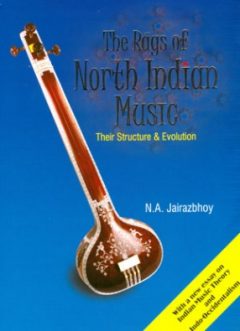
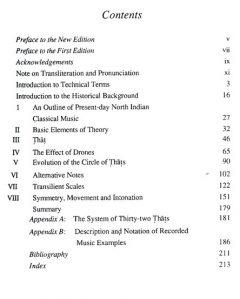
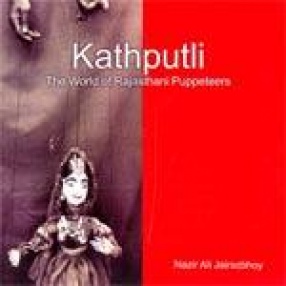
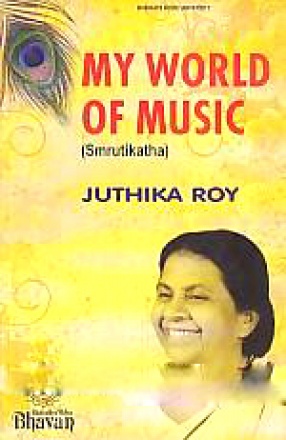
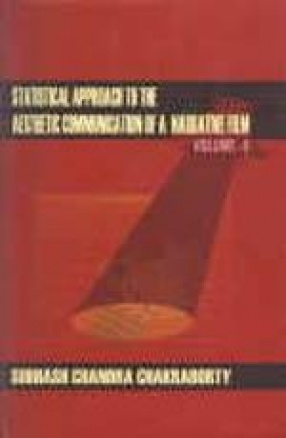
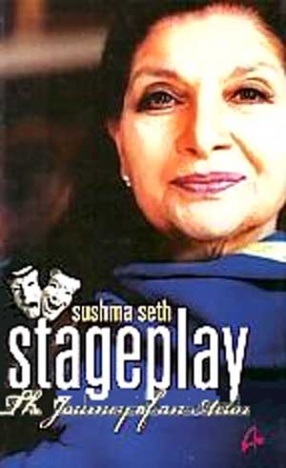
There are no reviews yet.